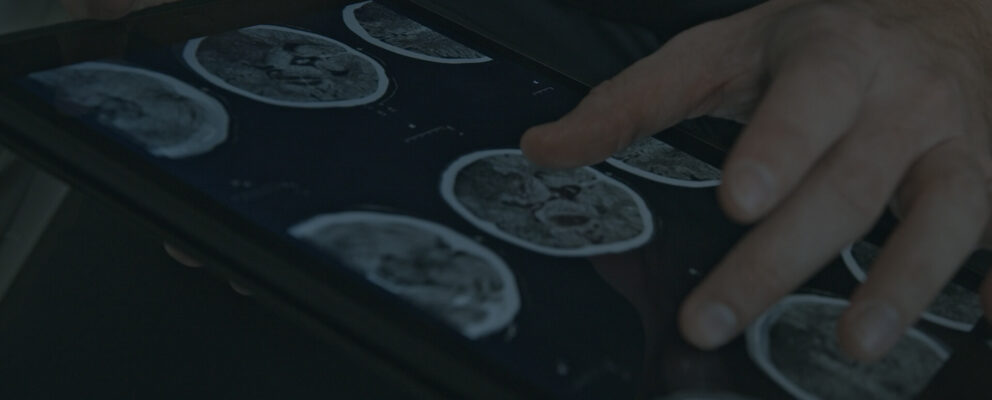PROGRAM DESCRIPTION: Facial nerve palsy (FNP) presents most commonly in its idiopathic form Bell s palsy, which remains a diagnosis of exclusion, corticosteroids being its most accepted treatment. However, the approach to the patient with FNP requires the clinician to rule out important differential causes, and optimal care of complex cases must be delivered in a multidisciplinary setup to offer patients the full repertoire of treatment options that best optimizes patient outcome. Several topics regarding FNP still remain controversial, including: When should we suspect that an acute FNP is not Bell s palsy? When and which imaging techniques should be performed in these cases? Are neurophysiological studied useful in an acute FNP? What is the correct management of a patient with a facial nerve tumor? Traumatic facial paralysis: Should we rely on electrophysiological tests to undergo surgical exploration of the facial nerve? Which approach for each case? Iatrogenic injuries to the facial nerve: When and how should we repair a facial nerve injury? Do we need electrophysiological tests? Which is the best nerve donor for reanimation technique, hypoglossal, masseter, or contralateral facial? Which grafts should be used for facial nerve reconstruction? Should facial nerve reconstruction be performed in malignant parotid tumors? In this course, all these topics will be covered from the experience of a 20-year-old multidisciplinary Facial Paralysis Unit including several departments and led by otolaryngologists. General concepts about facial nerve reconstruction will be explained. Clinical cases with comprehensive videos will be shown in a step-by-step basis.OUTCOME OBJECTIVE 1: 1. Recognize clinical signs that must alert about a FN tumors or other important causes of FNP mimicking Bell s palsyOUTCOME OBJECTIVE 2: 2. Deal with a patient that wakes up from surgery with a total FNP, when and how to decide the surgical approachOUTCOME OBJECTIVE 3: 3. Learn the general approach to a patient with a complete FNP including pros and cons of main reanimation techniquesBACKGROUND STATEMENT: Need for a review of the complex cases of FNP, as well as for main reanimation techniques. The authors lead a 20-year-old Facial Paralysis Unit involved in the clinical and surgical management of the FN. They will organize next Sir Charles Bell Society Meeting (Facial Nerve World Congress) in 2025
- Provider:American Academy of Otolaryngology – Head & Neck Surgery Foundation
- Activity Link: http://media.mycrowdwisdom.com.s3.amazonaws.com/aao-hnsf/2023_Annual_Meeting_Webcasts/23AMW2410285.mp4
- Start Date: 2023-10-01 05:00:00
- End Date: 2023-10-01 05:00:00
- Credit Details: AMA PRA Category 1 Credit™️: 1.0 hours
- MOC Credit Details: ABOHNS - 1.0 Point; Credit Type(s): Self-Assessment (ABOHNS)
- Commercial Support: No
- Activity Type: Enduring Material
- CME Finder Type: Online Learning
- Fee to Participate: Yes
- Measured Outcome: Community/Population Health, Learner Competence, Learner Knowledge, Learner Performance, Patient Health
- Provider Ship: Directly Provided
- Registration: Open to all
- Specialty: Neurotology

